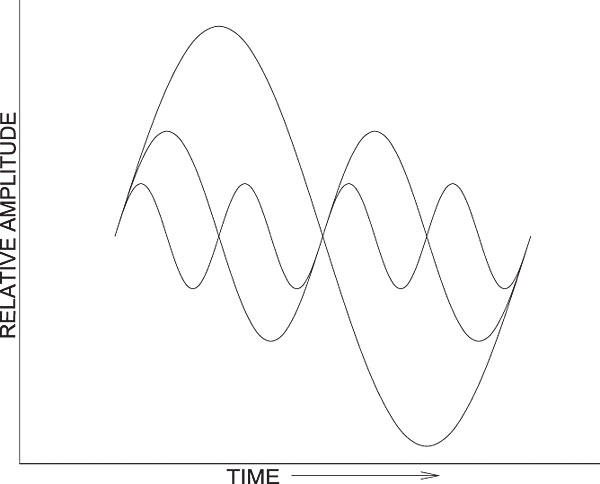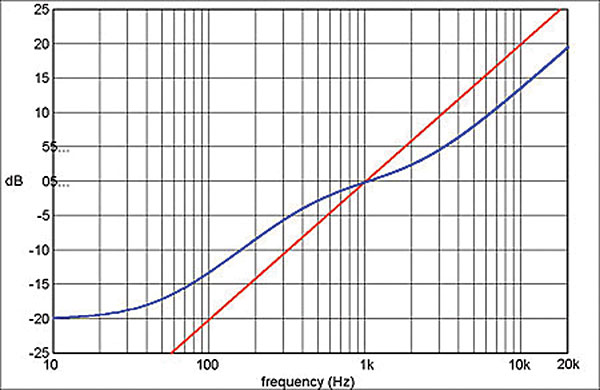| Columns Retired Columns & Blogs |
A mensch is Yiddish for a "person of honor and integrity." Few of his tens of thousands of customers would dispute the word being used to describe Harry Weisfeld.
Michael, you should have moved this statement to your final paragraph: "I'd say the Classic Direct with its JMW Memorial 3D-printed 12" tonearm comes as close to the Caliburn's sound as has any turntable, and for less than one-fifth the price..."
Feel free to append a qualification if you have a problem with my editing. But I bet you have no problem with my description of Harry.









































